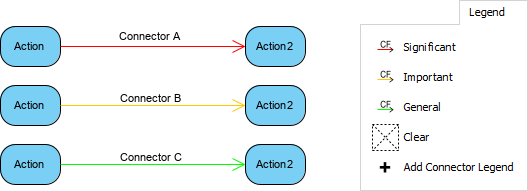Visual Modeling is a way of thinking about problems using models organized around real-world ideas. Models are useful for understanding problems, communicating with everyone involved with the project (customers, domain experts, analysts, designers, etc.), modeling enterprises, preparing documentation, and designing programs and databases. Modeling promotes a better understanding of requirements, cleaner designs, and more maintainable systems.
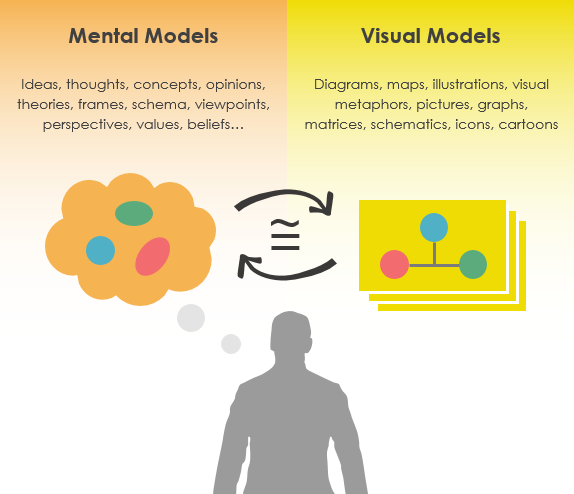
Models are abstractions that portray the essentials of a complex problem or structure by filtering out nonessential details, thus making the problem easier to understand.
Abstraction is a fundamental human capability that permits us to deal with complexity. Engineers, artists, and craftsmen have built models for thousands of years to try out designs before executing them. Development of software systems should be no exception.
Modeling is a proven & well-accepted engineering technique. In building architecture, we develop architectural models of houses & high rises to help visualize the final products. In Unified Modeling Language (UML), a model may be structural, emphasizing the organization of the system or it may be behavioral, emphasizing the dynamics of the system. A model is a simplification of reality, providing blueprints of a system. UML, in specific:
We build a model so that we can better understand the system we are developing. A model may encompass an overview of the system under consideration, as well as detailed planning for system design, implementation, and testing.
To build complex systems, the developer must abstract different views of the system, build models using precise notations, verify that the models satisfy the requirements of the system, and gradually add detail to transform the models into an implementation.
Different Level of Complexity
We build models of complex systems because we cannot comprehend such systems in their entirety. There are limits to the human capacity to understand complexity. This concept may be seen in the world of architecture.

The same is true in the world of software. Staring at lines of source code or even analyzing forms in Visual Basic does little to provide the programmer with a global view of a development project. Constructing a model allows the designer to focus on the big picture of how a project’s components interact, without having to get bogged down in the specific details of each component.
Increasing complexity, resulting from a highly competitive and ever-changing business environment, offers unique challenges to system developers. Models help us organize, visualize, understand, and create complex things. They are used to help us meet the challenges of developing software today and in the future.
If we familiar UML, but if we don’t know how to use it by applying a process properly, we will probably fail. We may have a great process or methodology, but if you can’t communicate the process using an easy-to-understand notation, you will probably fail. And lastly, if you cannot document the artifacts of your work by using an effective tool, you will probably fail eventually.
Thus, we need all three facets of visual modeling:
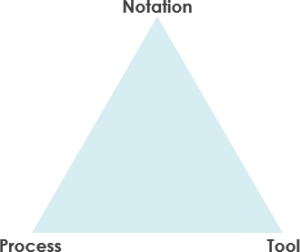
Notation plays an important part in any model – it is the glue that holds the process together? The notation has three roles:
The Unified Modeling Language (UML) provides a very robust notation, which grows from analysis into the design. Certain elements of the notation (for example, classes, associations, aggregations, inheritance) are introduced during analysis. Other elements of the notation (for example, containment implementation indicators and properties) are introduced during design.
A Process Model describes the sequence of phases for the entire lifetime of a product. Therefore it is sometimes also called the Software Development Life Cycle (SDLC) which is a structure imposed on the development of the targeted system.
A software process is represented as a set of work phases that is applied to design and build a software product such as the waterfall process, Spiral, V-model, agile & Scrum process, LeSS, XP, Kanban and etc.
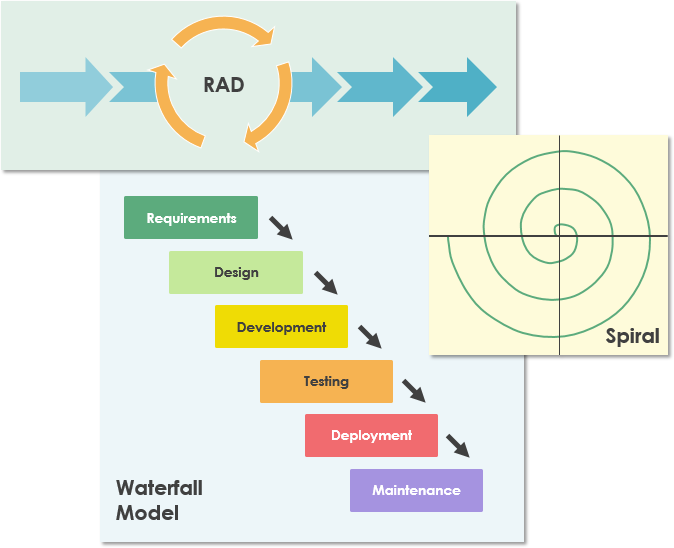
There is no ideal software process, and many organizations have developed their own approaches to software development. Software development processes should make maximum use of the capabilities of the people in an organization and the specific characteristics of the systems that are being developed.
Any software development method is best supported by a tool. There are many tools on the market today. From simple drawing tools to sophisticated one-stop-shop development platforms such as Visual Paradigm. Visual Paradigm is designed to provide the software developer with a complete set of visual modeling tools for the development of robust, efficient solutions faster, better and cheaper!
Create a connected shape instantly through the Resource Catalog feature. It’s simply a drag-and-drop to create a shape.
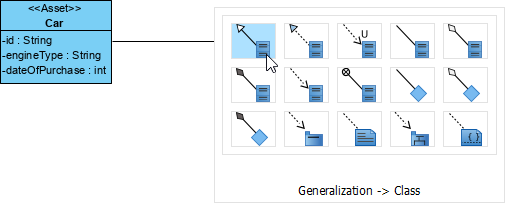
Visual Paradigm supports a wide range of modeling standards and languages – UML, BPMN, ArchiMate, DFD, ERD, SoaML, SysML, CMMN and more.
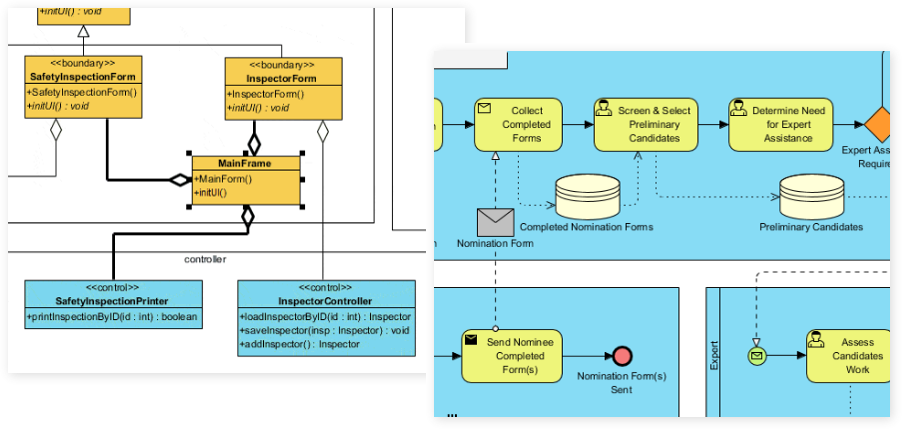
Visual Paradigm is not only a UML drawing tool but a UML modeler that supports a wide range of modeling features such as elements reusability, diagram & element transformation, syntax validation, custom properties, etc.
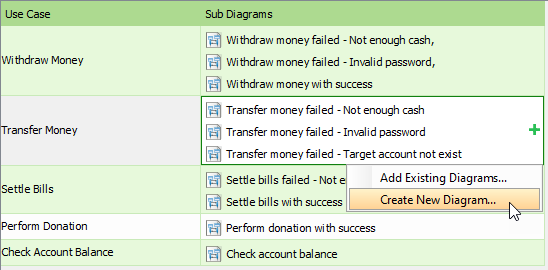
Make your design attractive by applying different shapes and line formats.
